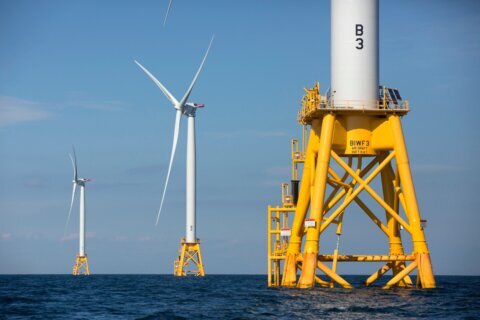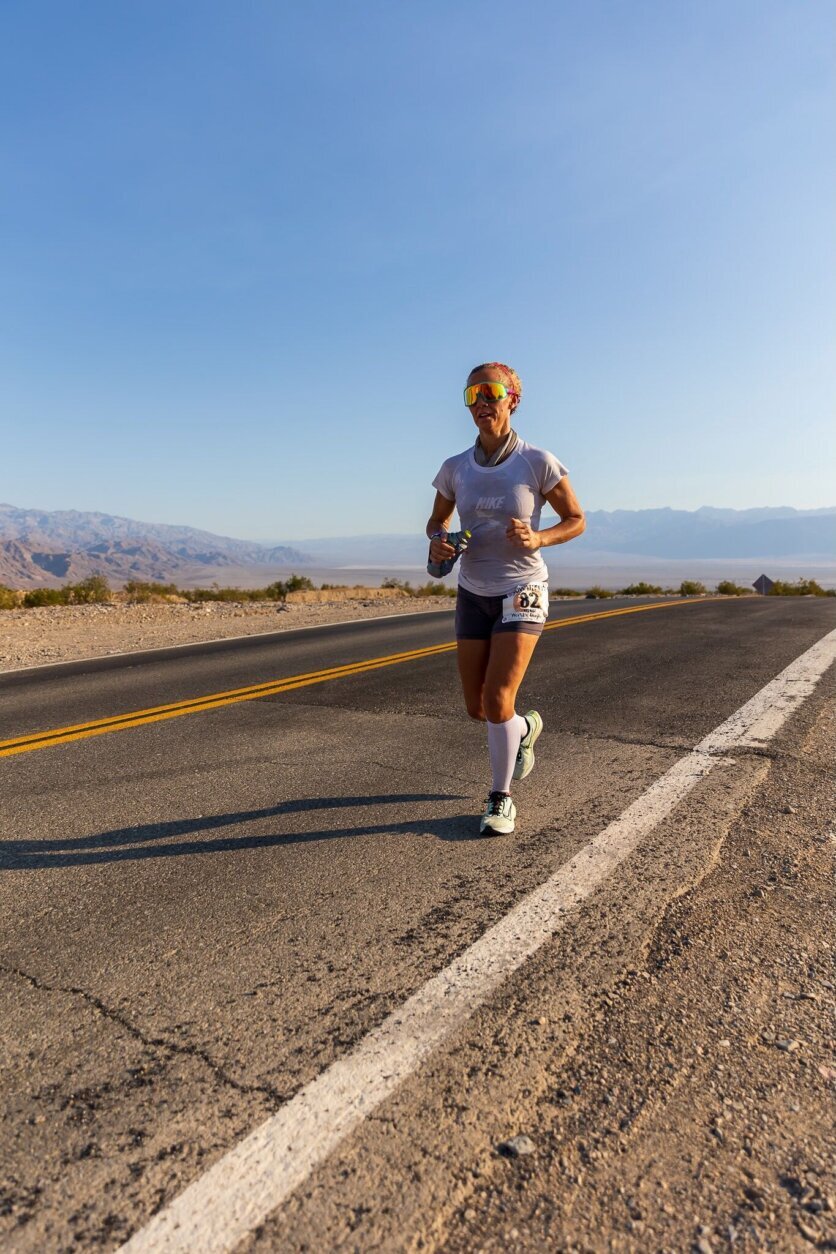
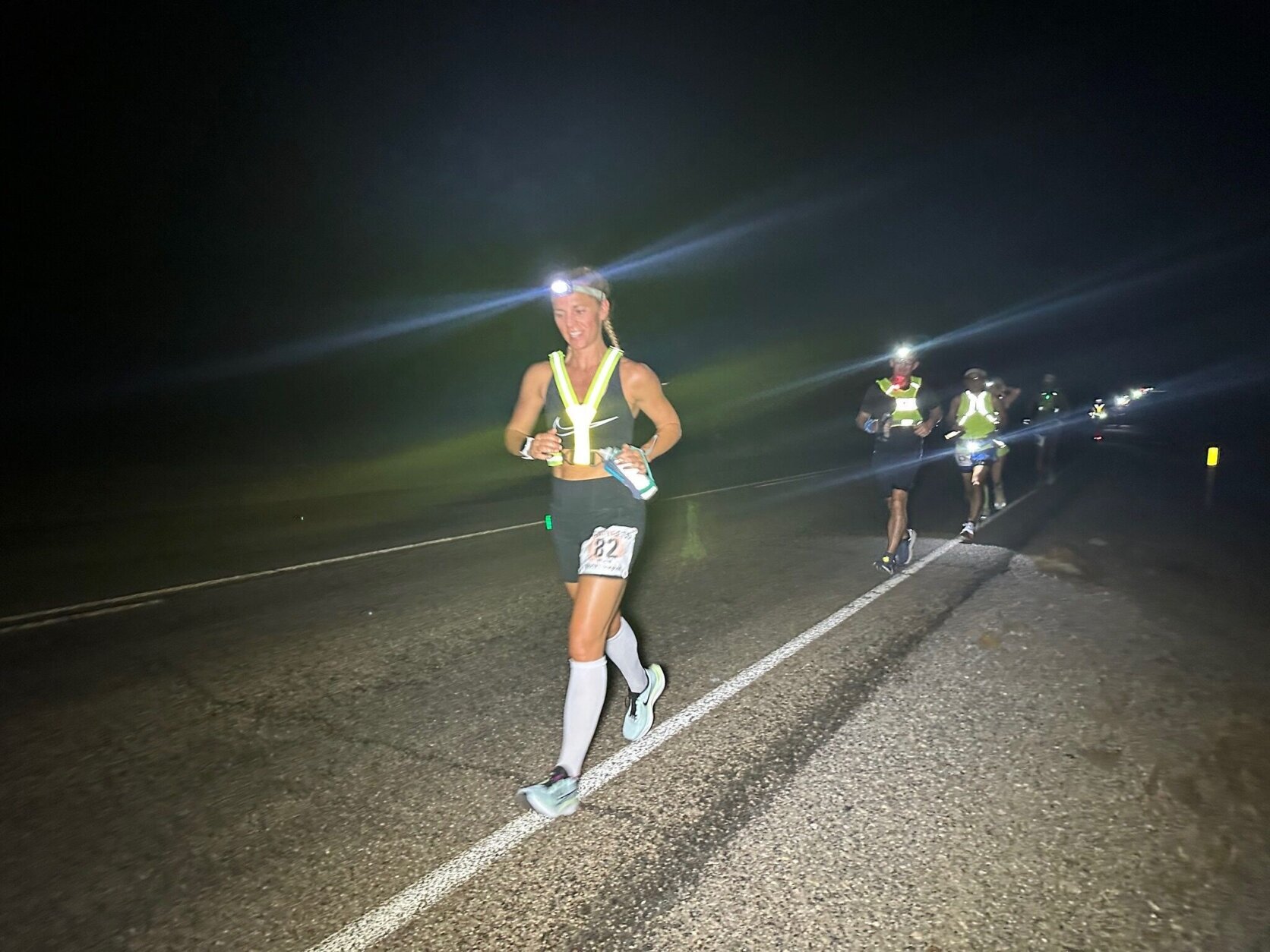
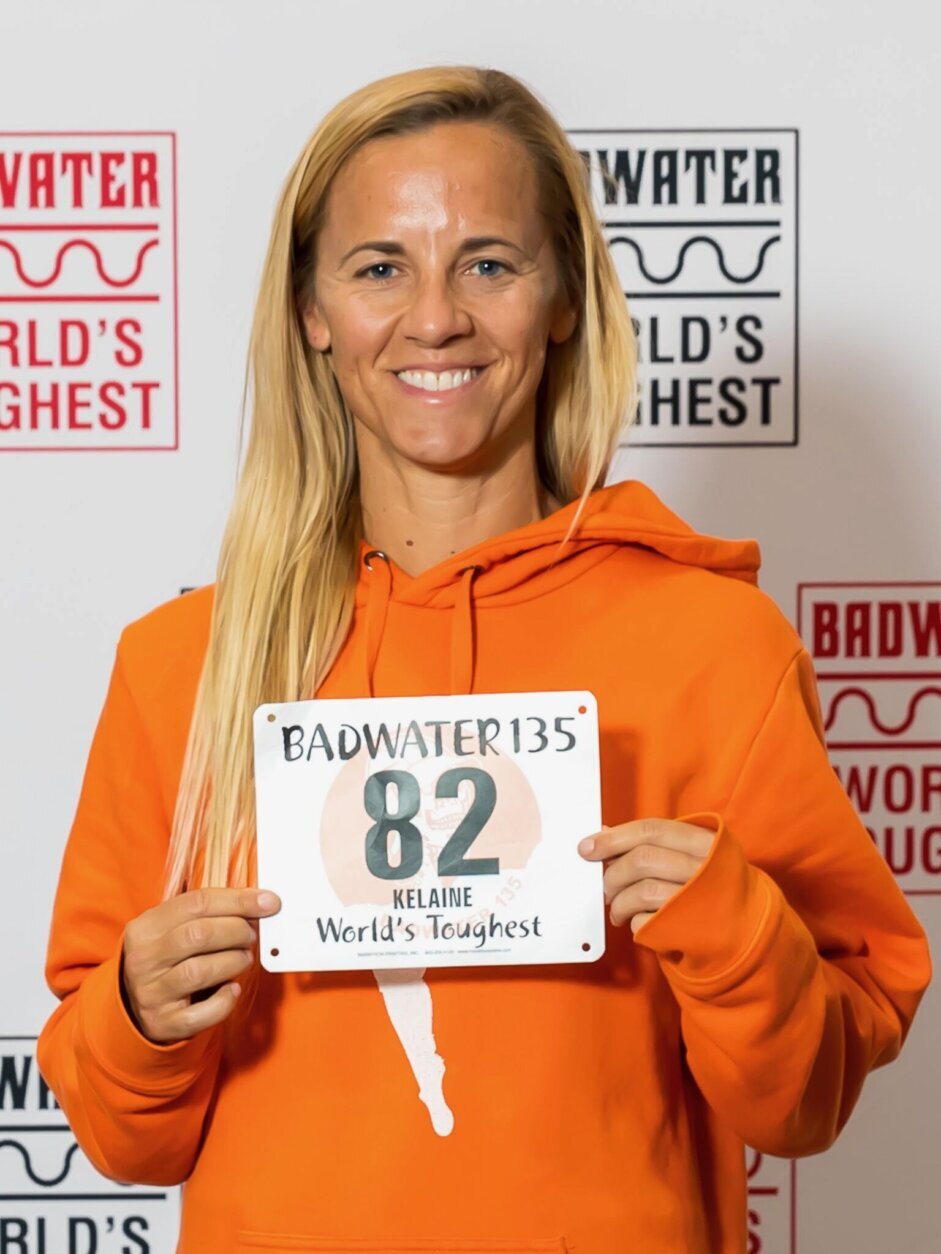
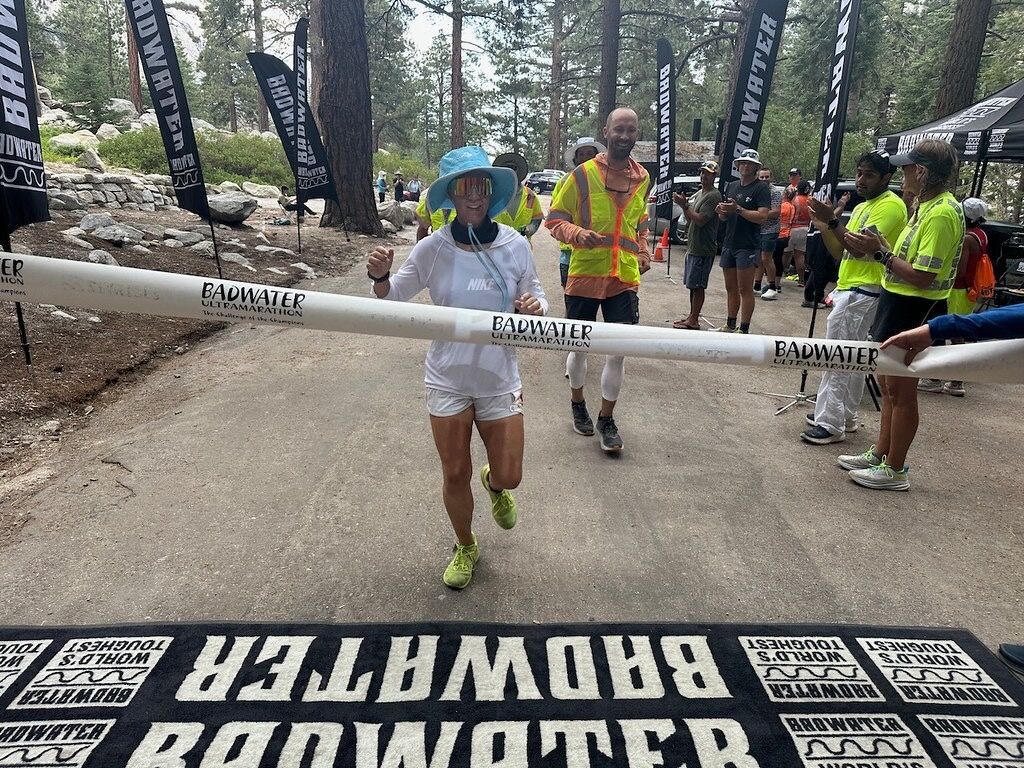
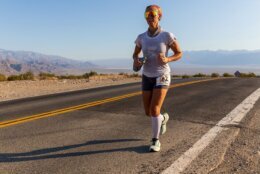
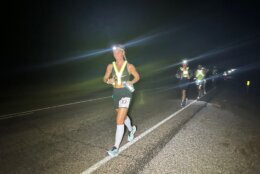
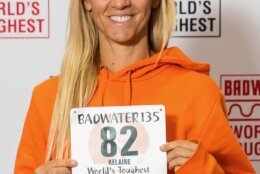
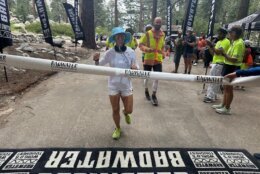
Kelaine Conochan of D.C. said growing up, elementary school field day was like her Super Bowl.
“I’ve always been one of the fast kids. I always tried so hard during the National Physical Fitness Test,” Conochan said. “During the mile, I wanted to be first.”
That love followed her into adulthood. Now, at 41 years old, Conochan has completed what’s known as the world’s toughest footrace not once, but twice.
Badwater 135 is a 135-mile ultramarathon through Death Valley, California, which is known to be the hottest place on earth in the summer.
Conochan completed the race for the first time in 2021. After two years of recovery and training, she went back for round two.
“Even when you’re checking in at Badwater, you have the race volunteers who are like, ‘Oh, this is your first time? No, it’s your second time. You came back. Why did you do that?'”
For her, the answer is simple: She never wants to stop seeing what her body could accomplish. Conochan said neither her time nor position improved the second time around, but she still feels like she learned a lot about herself as a runner.
“I did not struggle [this year] from a mileage perspective. But what’s hilarious to me is that what was more difficult was just keeping my freaking eyes open,” she said. “I was running down the side of the road … and I was like, the same way that a dad would fall asleep in a recliner with the like head nod. I was doing that while running, like nodding off while running and it was just hard.”
The race
Conochan started the race around 9 p.m. on July 22 at Badwater Basin, which is the lowest point in North America. Participants climb and descend thousands of feet throughout the course of the race. The mid-July temperatures peaked as high as 120 degrees Fahrenheit during the day and 100 degrees at night.
“This time, it was like a combination of rainstorm and heat. And so, for those of us in D.C., I’m not scared of a little humidity. But you know, for others that was really taxing and really difficult,” Conochan said.
They don’t do it alone. Each runner has a crew of three to four people following them in a van. Conochan said her team was made up of four people: Ricky Haro, Jimmie Wilbourn, Sean Glynn and Clay Skipper.
The van would stay in front of her, and every two or three miles the crew pulled over to give her water, food or help with cooling strategies, according to Conochan.
She said following the first 42 miles of the race, the sun begins to rise, and participants move into an entirely uphill 15-mile section.
“It’s just hot and fairly flat. But it’s deceptive, you think you can run it, but you are cooking, it’s an oven,” Conochan said. “And then after that point, there’s an 8-and-a-half mile climb back out to about 5,000 feet. So that stretch of the race is like ‘beat down alley,’ it is rough.”
She said during that section, her crew would follow alongside her — spraying her down with ice water. Conochan wore a wet long-sleeve T-shirt and a cooling towel and would squeeze sponges filled with ice water over her head to cool down.
Conochan said unless someone is a “completely elite athlete” a good amount of walking goes into completing the race. During uphill sections, she said it felt more like a power hike. She took occasional breaks to nap in the van tallying up to 40 minutes overall.
The last 50 miles are the most mentally taxing, according to Conochan. The runners are back in the dark after the sun sets and the last 13 miles are all uphill.
“They call it the hardest half marathon in the world because it’s all uphill until you get to the portal of Mount Whitney, which is the finish line,” Conochan said.
She finished the race in 46th place out of 74 finishers with a time of 39:57:33.
Her motivation
Conochan said her late mother’s motto growing up was “no wimpy women in this house.” Her and her sister were often discouraged from whining and instead motivated to solve problems.
“I’m going to grind and it’s going to be so hard. And I’m going to be in pain. And I’m going to be chafing, and my muscles are going to be sore, and I’m going to be sleepy, but I’m going to figure it out one way or another,” she said. “Because I think that’s just the way that we were raised.”
A supportive community
When asked about her favorite part of the race, Conochan said it’s not geographic, but rather the community it allows her to build.
“The fact that I’m out there with four people that I hand selected, my crew, hearing them laughing in the van and having a great time,” she said. “It is truly such an honor to have people commit to your mission and your success like that. And knowing that they had fun along the way.”
Conochan said ultramarathons foster a different kind of community compared to regular marathons or other foot races.
“I was out there 39 hours … that’s a full workweek,” Conochan said. “And so being able to meet people and get there and like, experience their energy, and share stories. That’s such a key part of what makes this special.”
Get breaking news and daily headlines delivered to your email inbox by signing up here.
© 2024 WTOP. All Rights Reserved. This website is not intended for users located within the European Economic Area.




